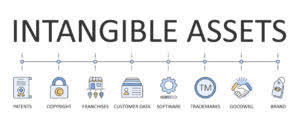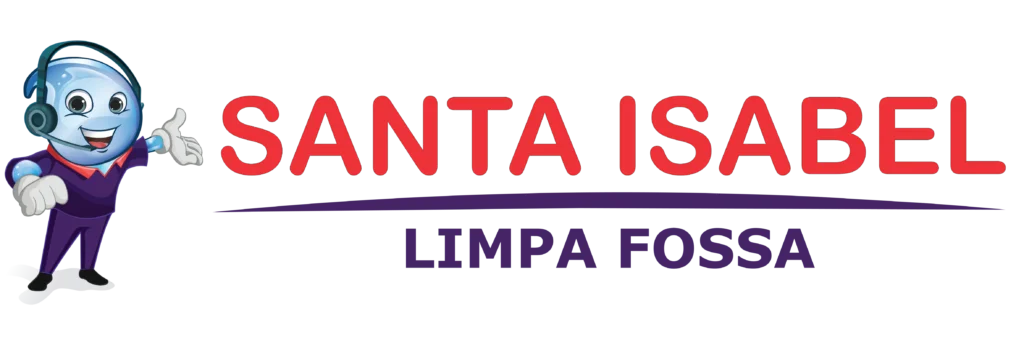Adjusting Entries Types Example How to Record Explanation & Guide

This creates a liability that the company must pay at a future date. You cover more details about computing interest in Current Liabilities, so for now amounts are given. Accrued revenues are revenues earned in a period but have yet to be recorded, and no money has been collected. Some examples include interest, and services completed but a bill has yet to be sent to the customer. Usually to rent a space, a company will need to pay rent at the beginning of the month. The company may also enter into a lease agreement that requires several months, or years, of rent in advance.

In the journal entry, Depreciation Expense–Equipment has a debit of $75. This is posted to the Depreciation Expense–Equipment T-account on the debit side (left side). This is posted to the Accumulated Depreciation–Equipment T-account on the credit side (right side). If your business typically receives payments from customers in advance, you will have to defer the revenue until it’s earned.
Adjusting Entries: Practice Problems
Here, financial statements show income in the period they are earned. By this principle, revenue is recognized when the service is performed. There are also many non-cash items in accrual accounting for which the value cannot be precisely determined by the cash earned or paid, and estimates need to be made. The entries for these estimates are also adjusting entries, i.e., impairment of non-current assets, depreciation expense and allowance for doubtful accounts. Finally, in May, June, July, August, and September, you’d make more adjusting entries to record the rent expense payments in the same was as you did in April.
Adjusting entries directly impact the accuracy of financial statements, which include the balance sheet, income statement, and statement of cash flows. By making these entries, accountants can ensure that the financial statements provide a true and fair view of the company’s financial position and performance. Supplies Expense is an expense account, increasing (debit) for $150, and Supplies is an asset account, decreasing (credit) for $150. This means $150 is transferred from the balance sheet (asset) to the income statement (expense). There is still a balance of $250 (400 – 150) in the Supplies account. The balances in the Supplies and Supplies Expense accounts show as follows.
Guidelines Supporting Adjusting Entries
Following is a summary showing the T-accounts for Printing Plus including adjusting entries. Unless a company’s financial statements are adjusted at the end of each accounting period, they will not present the true profit, assets, liabilities, etc. Passing our certificate exam will allow you to gain confidence and distinguish yourself. You will become more valuable as you prepare to pass this 40-question exam.
First, record the income on the books for January as deferred revenue. Then, in March, when you deliver your talk and actually earn the fee, move the money from deferred revenue to consulting revenue. So, your income and expenses won’t match up, and you won’t be able to accurately track revenue. Your financial statements will be inaccurate—which is bad news, since you need financial statements to make informed business decisions and accurately file taxes. It should be noted that the term unearned revenue is often replaced by the term deferred revenue, both terms mean the same thing and refer to the fact that income has been received but not yet earned.
Accrual Accounting and Adjusting Journal Entries
These buses are expected to last for 10 years without any salvage value. To calculate the accumulated depreciation expense, the company employs the straight-line method. At the end of the fiscal year, year end adjusting entries must be made to account for this depreciation expense. Our visual adjusting entries examples tutorial for the topic Adjusting Entries shows you how every adjusting entry will impact both the balance sheet and the income statement. Now that we laid out the definitions for both types of deferrals, let’s talk about the journalized entries for prepaid expenses and deferred revenue.
- Moreover, by using examples we will understand the process of adjusting entries.
- The terms of the loan indicate that interest payments are to be made every three months.
- When your business makes an expense that will benefit more than one accounting period, such as paying insurance in advance for the year, this expense is recognized as a prepaid expense.
- Accounts Receivable increases (debit) for $1,500 because the customer has not yet paid for services completed.
- T-accounts will be the visual representation for the Printing Plus general ledger.
- Accrued expenses are expenses made but that the business hasn’t paid for yet, such as salaries or interest expense.
- A company provided services to a customer on the last day of the year but did not have time to prepare an invoice to send.
